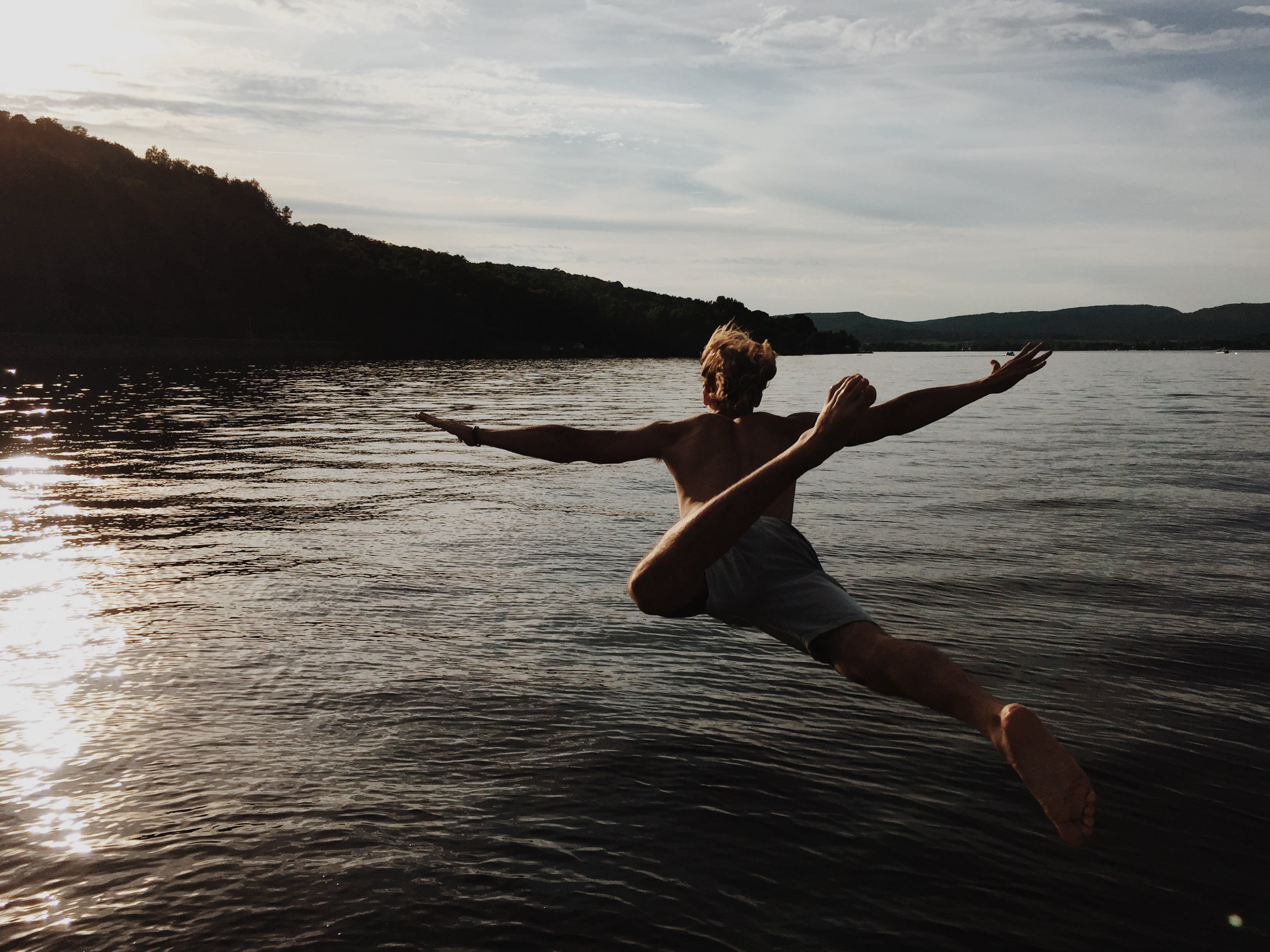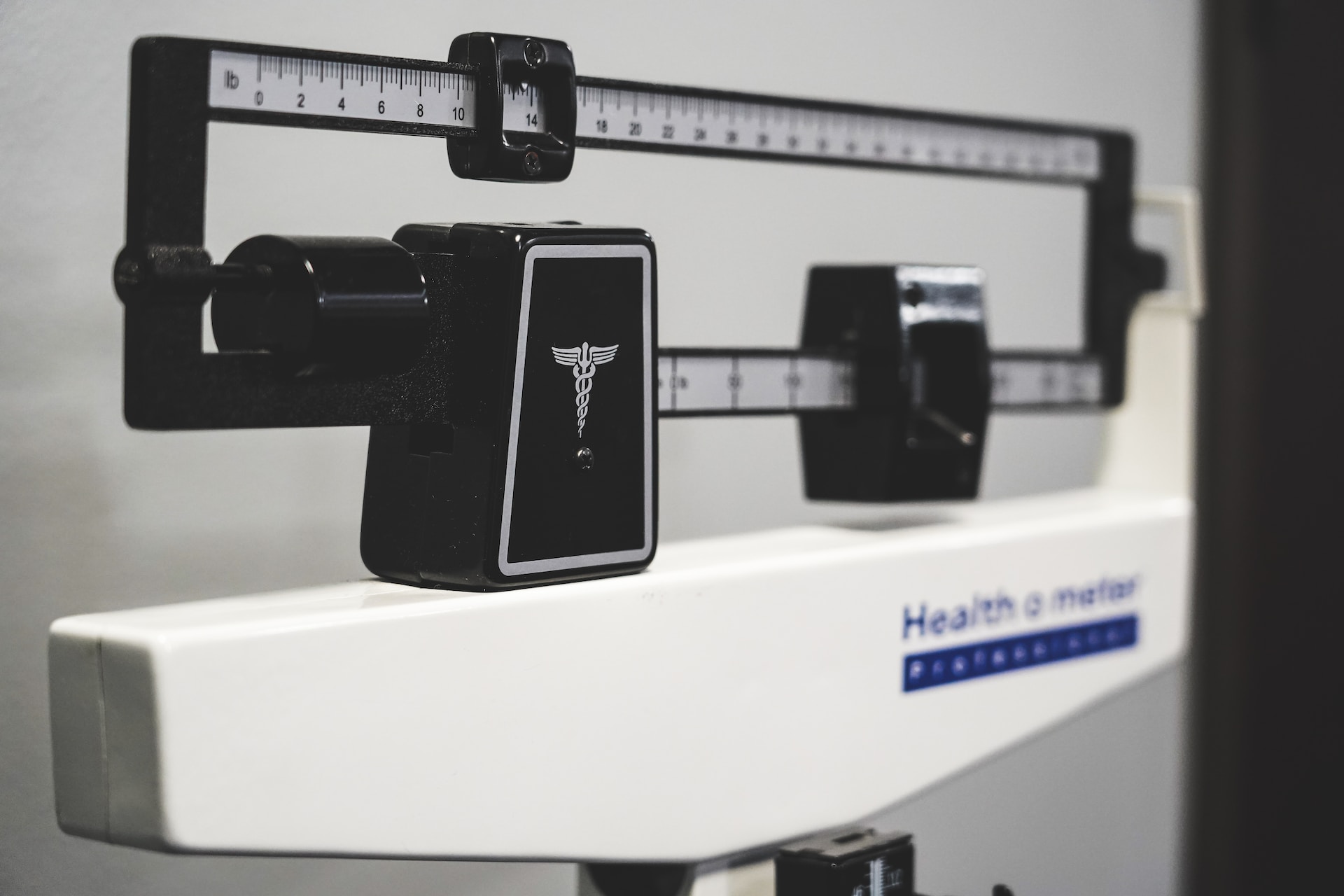This article was originally published at OlderBeast, whose mission is to help 40+ guys “double down” on body-and-soul health for the 2nd half of their life.
Swimming is one of the few fitness activities any guy will agree is great for you. But few guys actually swim.
Every 40+ guy should have swimming as part of his mix…for its low-impact benefits of strength, muscle toning, endurance. AND, wellness-enhancing “solitude” time, something not to be under-valued in this age of always-on digital screens, background music and smartphone notifications.
So, with your thriving in mind, here are six specific, simple suggestions to make swimming easier and more rewarding.
6 Key Swim Technique Tips
Here are six ways to make freestyle swimming way easier and faster…and thus something you will actually DO, dude. It will be hard to implement these all at once, so focus for a while on one or two of them, then add others gradually.
1. Relax your neck and shoulders to orient your face downward. Your face should face the bottom of the pool at most 3–5 feet in front of you, not any farther. Michael Phelps says he actually looks straight down at the bottom, so if that feels better for you…well, you’ll be in good company.
Keep practicing breathing until you can do so without disrupting this head and neck angle. Think ‘rotate’ instead of ‘look up’ with your head…maybe even ‘rotate and look back at my shoulder’ if that helps keep your face down.
2. Imagine driving your ‘heart space’ on a downward plane. Because there’s air in your lungs, your chest won’t actually go down much, but this body attitude pivots you around your hips and brings your legs up near the surface. Much more hydrodynamic.
Any good swimmer will tell you “swimming downhill” is the single biggest key to swimming well.
3. When your front hand enters the water, keep driving it forward and down for another six inches. This causes the front arm’s shoulder to go down, and the trailing shoulder to rise up into the air, naturally involving big muscles on the side of your body (lats), and further streamlining you.
You can practice what this feels like on dry land. Imagine you’re trying to touch the ceiling with one hand, and the ceiling is at the very maximum height you can possibly reach. This is the feeling of having one shoulder really move up (or forward, when you’re horizontal in water). You’ll also notice that to achieve it, the other shoulder naturally moves down.
4. Make your hands into “bear claws.” Don’t lock your fingers together, but rather have them be extended while just slightly apart.
This blew me away when I learned it about a year ago, after a lifetime of thinking you wanted fingers firmly together to be most like a paddle. It turns out a little space between the fingers creates a turbulence zone where the water doesn’t really “slip between your fingers” fully, and so your bear-claw-shape hand acts like a bigger paddle.
Live and learn.
5. Get your forearms involved early in pulling water. Even with your bear claw, your hand can’t grab all that much water. But if you focus on having the first part of the “pull” get your hand even further down toward the bottom of the pool and your forearm moving toward vertical, then you also move water with your forearm, which adds a lot of surface area.
Imagine using your forearm to shovel snow off a car windshield. That “move stuff with your whole lower arm” sensation is how it should feel after your front hand enters the water, reaches further forward and down as you extend your shoulder (#3 above), and starts the pull part of your stroke.
Swim coaches have guys swim with tennis balls in their hands, to force getting the arm involved in moving water. You can try that, or just make a fist, to feel what really using the arm feels like.
6. Practice all this while swimming slowly. An Australian friend of mine who does a lot of open water ocean swimming likes to quote his coach:
“Anyone can swim fast; it takes a good swimmer to swim slow.”
When you swim fast, no matter your form, you’ll move through the water and expend a bunch of energy. Sometimes it’s hard to tell the difference between moving efficiently and thrashing. But if you slow down, you really feel the difference between good technique (you’re moving forward smoothly, even if slowly)…and poor technique (you feel like you’re literally going to sink!).
Try this. If you can swim slowly but smoothly, then you can start to speed the whole thing up!
Take Action
Brothers, I hope this inspires you to get in the pool. I know you won’t regret it.
If you don’t know where the closest/best pool is, try this Internet pool finder. And sorry, I just took away one of your excuses to not swim!
“Rock me on the water. I’ll get down to the sea somehow.” (Jackson Browne, Rock Me on the Water — click to listen)
Take Care of Yourself, with More Perspectives Like This
If this article felt important, helpful or amusing to you, I’d be honored if you subscribe to my personal blog. You’ll get a free copy of my eBook The OlderBeast Way, which will super-charge your quest to feel great, look your best, keep getting happier, and live long.
If you think this would be helpful to others, please use the social media buttons here to recommend and share it. THANKS!




